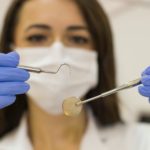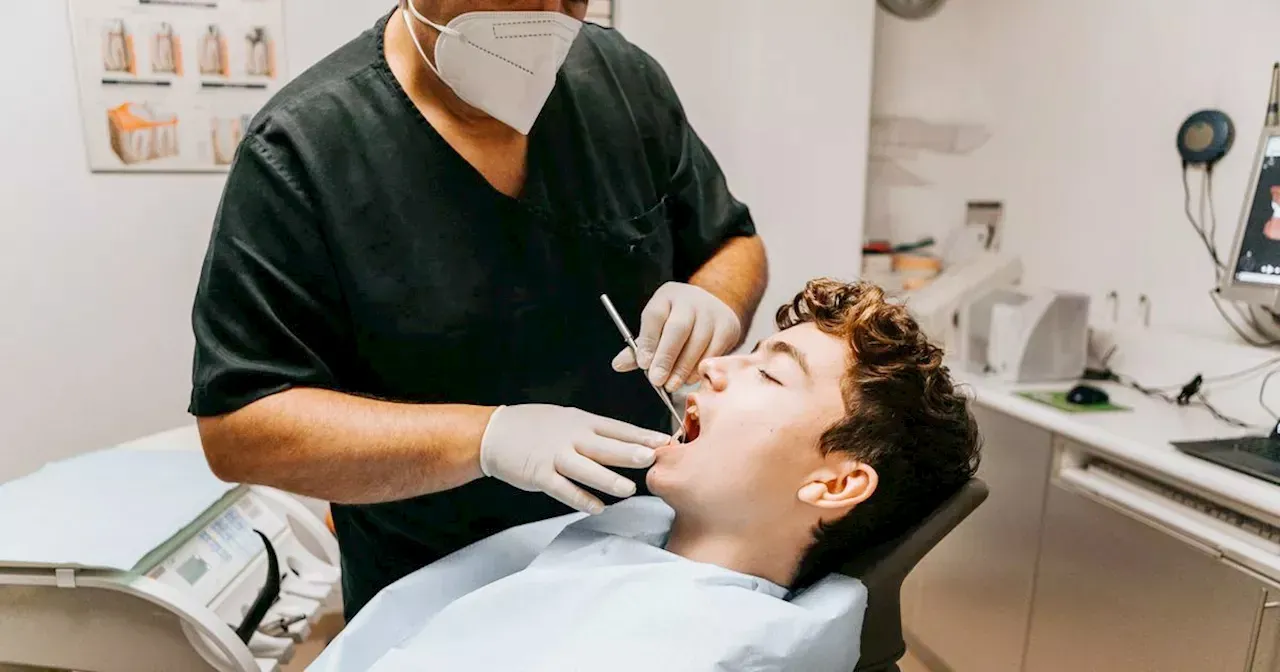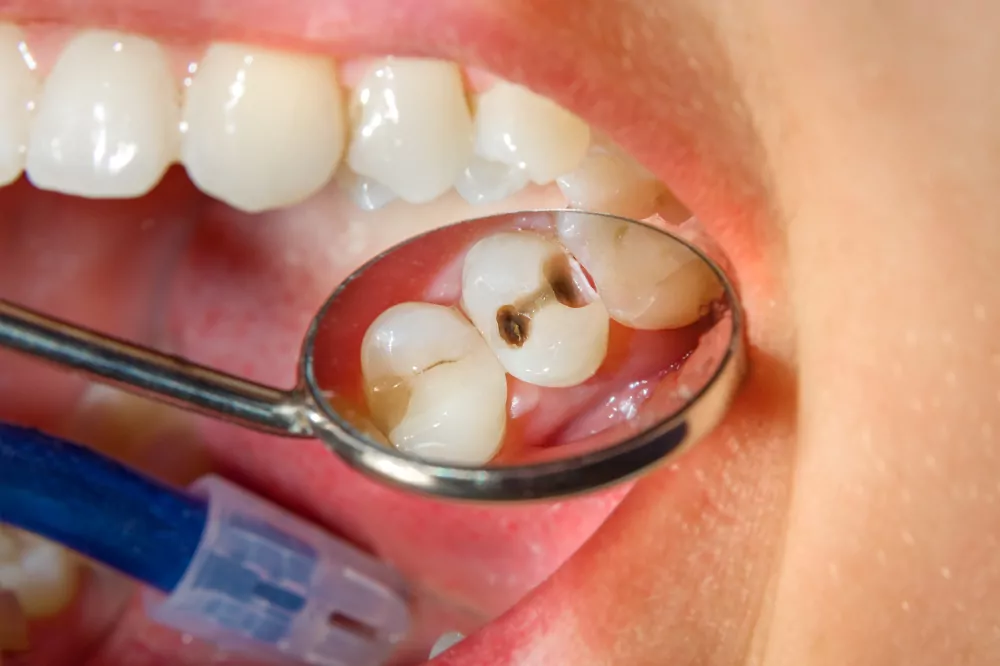Is it safe to see your doctor in person, get an elective procedure, or have your child vaccinated?
What to know and what to do.
If you’re like many Americans, you may have seen a doctor in person in recent months only if you absolutely had to.
That’s because in mid-March—at the recommendation of the Centers for Disease Control and Prevention and the Centers for Medicare & Medicaid Services—doctors, dentists, clinics, outpatient facilities, and hospitals postponed or limited much nonemergency medical care, largely to preserve resources for COVID-19 and to keep patients and healthcare staff members safer.
And people who had concerns other than COVID-19 might have avoided in-person healthcare for fear of exposure to the virus.
Telemedicine filled in some of the gaps. But almost half of Americans said they or a family member skipped or put off medical care because of the coronavirus pandemic, according to a new poll from the Kaiser Family Foundation. A new CDC analysis of emergency room visits found that they dropped by about 42 percent between late March and late April, compared with the year before.
Preventive cancer screenings, such as colonoscopies ,decreased by up to 94 percent across the U.S. in March, according to the health data firm Epic. Pediatric vaccines also declined sharply, and physicians report that they’ve seen fewer than usual non-COVID-19 patients in emergency rooms for urgent matters such as heart attacks and strokes.
In recent weeks, though, face-to-face medical visits have been rebounding. While in-office doctor’s appointments decreased by some 60 percent between mid-March and mid-April, they were only roughly one-third lower than normal by mid-May, according to findings from Harvard University, the Commonwealth Fund, and the healthcare technology company Phreesia.
And the numbers of appointments are expected to climb. The CDC no longer recommends that healthcare providers put off nonurgent appointments and procedures, and all states are now allowing elective surgeries to resume. But there’s no overarching national approach, so the medical care that’s available may vary by provider, type of service, and where you live.
If you’re unsure whether to move forward on a screening test, office visit, checkup, or procedure, the first thing you should do is call your doctor’s office, says Patrice Harris, M.D., president of the American Medical Association. “They are there to help you decide when to come in and what can wait,” she says. “You don’t need to make that decision alone.”
Your provider can also help you determine whether it’s safe for you to see your doctor now, based on how common COVID-19 is in your area and whether you are at high risk of complications from the infection, she says.
In addition, providers have learned a lot in recent months about preventing the spread of the disease in healthcare settings, says David Cohn, M.D., chief medical officer and gynecologic oncologist at the Ohio State University Comprehensive Cancer Center. “The health risks to individual patients now are likely to be very small.”
And you can employ a few smart safety strategies of your own. Here’s what to know about getting medical care now, in general, and in a few specific instances.
What to Expect at the Doctor’s Office Now
Healthcare providers and facilities are taking a number of steps to keep you, and themselves, safe. These may differ from state to state or even community to community, so you may want to call ahead to ask what to expect and what to bring.
You should also practice the same commonsense precautions in a healthcare facility that you would elsewhere in public, Cohn says. These include wearing a mask and maintaining a 6-foot buffer from others when possible, keeping your hands away from your face, and washing your hands with soap or using hand sanitizer after touching surfaces such as elevator buttons and counters. (Most doctors’ offices have sanitizer on hand.)
And you can likely expect the following:
You may be “seen” virtually, at least initially. During the pandemic, many healthcare providers turned to telehealth. Your doctor may be able to go over test results, check a rash or swollen ankle, or, with your help, monitor chronic medical conditions such as diabetes or high blood pressure via phone, tablet, or computer. Going forward, some doctors will continue to offer telehealth for some care, including annual checkups and mental health services, according to Jacqueline Fincher, M.D., a general internist in private practice in Thomson, Ga., and president of the American College of Physicians. Check with your insurer on coverage.
In-person appointments may be harder to get. Many practices are spacing out appointments and procedures to limit the potential for a crowded office and allow more time for cleaning and sanitizing between patients. Many practitioners may also have a backlog because of delayed care and may take more urgent cases first.
You’ll be checked for COVID-19 ahead of time. Office staff may ask you questions by phone to determine whether you may have symptoms of the illness before you arrive. Some facilities may even require a temperature check before coming in the door.
You may be asked to come alone. With offices limiting the number of people in them at one time, you may be discouraged from bringing a friend or family member with you to the appointment.
The waiting room may be in the parking lot. You may be asked to wait in your car—or be taken immediately to an exam room—rather than sitting in an open room with other patients before your appointment.
Face masks will be common. You should wear a mask while inside the building, and you can expect office staff to do the same. Medical staff may also use other personal protective equipment when examining you, including gowns, face shields, and gloves.
Making Up Missed Medical Screenings
If you’ve missed routine screenings such as a mammogram, a colonoscopy, or a check of blood pressure or cholesterol levels, don’t panic. A delay of several months is fine for most low- or normal-risk people, says OSU’s Cohn.
But depending on your health risks and the level of COVID-19 in your community, you may want to move ahead on scheduling that cancer screening. “The benefits of screening now outweigh the risks of infection for most people,” he says. The same goes for other types of screenings, including annual cholesterol checks, and vision or hearing exams.
Of course, you might not be able to get an appointment right away. Patients at higher risk of disease may take priority over those at lower risk. For instance, a women who carries a BRCA mutation or has a family history of breast cancer may be scheduled sooner for screening, Cohn says.
If there’s a long wait, ask whether there are any alternatives, says Fincher at the American College of Physicians. For instance, if you’re overdue for a colonoscopy, an at-home stool test, which detects trace amounts of blood or DNA from cancer cells shed in the feces, may be a reliable way to screen for colorectal cancer in some people, she says.
Dealing With Delayed Elective Surgery
“Restarting elective surgeries is going to look more like gradually turning up a dimmer than flicking the ‘on’ switch,” says Alexander Onopchenko, M.D., vice chairman of the department of surgery at AtlantiCare Regional Medical Center in New Jersey. Expect a slow ramp-up, with surgery centers operating at a much lower volume for a while, he says.
When to have an elective procedure that was put off because of the pandemic will depend on factors such as how much pain or impairment you’re experiencing, whether waiting will worsen your problem or make treatment less likely to succeed, and what other health problems you might have.
Also, be aware that some surgery centers are prioritizing lower-risk patients and surgeries, so if you’re a healthy 50-year-old, you may be able to schedule your carpal tunnel surgery sooner than a 75-year-old with hypertension and diabetes who needs a total hip replacement. And you might need to wait a few months longer for a surgery that would require you to spend time in a rehabilitation facility afterward.
If your surgery is scheduled, ask your doctor whether, because of the coronavirus, you need to do anything different before or after your procedure, Onopchenko says. Before surgery, for instance, some surgeons may require their patients to take a COVID-19 test, ask them to wear a mask in public, and follow social distancing guidelines, or even self-quarantine for up to two weeks before the procedure.
“These steps will help to ensure that you’re as healthy as possible going into surgery,” he says. After surgery, some providers may now opt to perform wound checks and other post-operative care via telehealth.
Differences in Dental Care
Dental care poses some special challenges because the dentist and hygienist have to work very close to your face and because dental care can involve the use of instruments, such as ultrasonic scalers, that may spray droplets. Both can increase the risk of infection.
That’s why the CDC has interim guidance specifically for dentists. Currently, the agency recommends that dentists treat patients only after assessing them for COVID-19, and weighing the risks of delaying care with those of potential viral exposure.
If you are seeking dental care, you can expect quite a different experience from how it was prepandemic, says Kami Hoss, D.D.S., CEO of the Super Dentists, a dental group in Southern California.
You’ll probably see some of the same changes that many doctors’ offices are implementing: “Waiting room chairs may be spaced at least 6 feet apart, and there may be less reading material or toys in the waiting room,” says Chad Gehani, D.D.S., president of the American Dental Association. “Dental staff will be wearing additional personal protective equipment like face shields, gowns, and masks.”
Your dental office also may want you to fill out a screening form to make sure you’re healthy and take a temperature check prior to any exam or procedure.
Some practices, like Hoss’ offices, have implemented additional safety strategies. They now have “virtual check-ins” where patients sit in their cars, sign in for appointments on their smartphones, and receive a text message when it’s time to enter the building.
Hoss, who sees many pediatric patients, says parents of older kids are being asked to remain in their cars and are then videoconferenced in to the appointment. His practices also have introduced ultraviolet disinfection lamps around the office and high-speed suction devices that sit over a patient’s mouth to catch more aerosolized spit.
You may have to wait for a checkup. “Those who need crowns replaced, fillings, or bridges, for instance, may need to take priority over those who are due for a cleaning,” Gehani says.
So if you need to push off a cleaning for a few more months, be sure to practice good dental hygiene at home, Hoss says. “Brushing and flossing regularly are the most important ways people can keep their teeth healthy at home,” he says.
The Kid Care Conundrum
Aside from the flu shot, it appears that from mid-March to mid-April, many children did not receive their measles or other regular childhood vaccines, according to the CDC.
It’s not surprising that parents have been avoiding the pediatrician’s office, but the American Academy of Pediatrics is urging parents to keep their kids on schedule with both doctors’ appointments and vaccines.
“What we definitely don’t need right now is an outbreak of vaccine-preventable illness such as whooping cough or measles,” says Sally Goza, M.D., president of the American Academy of Pediatrics. And don’t skip needed care—alert your doctor if your child is ill, she says.
Instead of waiting to schedule an appointment, ask what your pediatrician’s office is doing to keep kids and caregivers safe, she recommends. In addition to having patients wait in their cars rather than in waiting rooms and scheduling sick visits at different times of the day from routine checkups and vaccines, many pediatricians are scheduling extra time between appointments for cleaning and sanitizing surfaces.
Note that although you and older children may wear face masks, they’re not recommended for those 2 and younger.
Original Source: https://www.consumerreports.org/healthcare/getting-medical-care-now/










